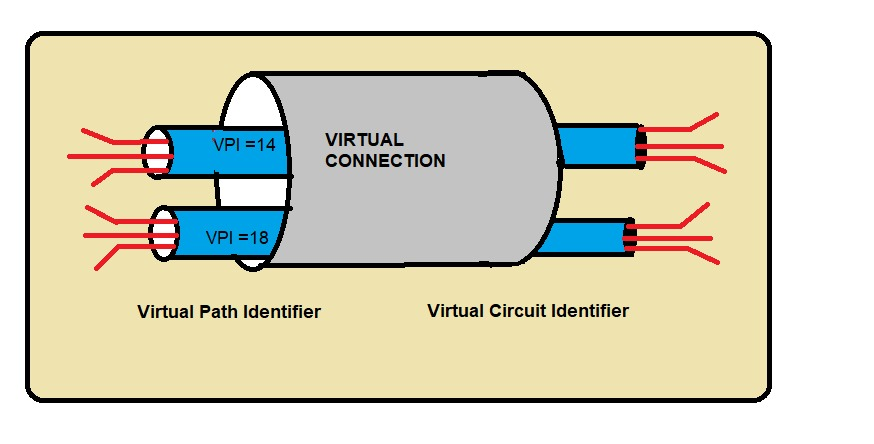VPI Full Form
Last Updated :
11 May, 2023
VPI Stands for Virtual Path Identifier. Its a Combination of an 8-bit field in the header of an ATM cell. It is Basically used for Data Communication Identifier that Established a Virtual path for an asynchronous transfer mode. It is a process of sending data in Small Data Packets.
How is VPI Formatted?
VPI is are 8 to 16-bit Numeric headers Inside each ATM Cell packet. And Size of an ATM cell is 53 bits. Transmission Path is used optical Fibers that provide high-Speed Data transmission. Its Divide the Virtual Connection identifier into two parts
The first one is Virtual Path Identifier and Virtual Circuit Identifier is allowed Hierarchically. In an Asynchronous Transfer mode, most of the Switch is routed using VPIs.
Functioning:
virtual path and virtual circuit established connection between two endpoints of a fiber or transmission path. A physical fiber may consist of many virtual paths. A virtual path established a connection between two switches. Cell networks are based on virtual circuits. Cells belonging to one message follow the same virtual circuits. There are a number of virtual paths that utilize media bandwidth. If media bandwidth is M and there are N VPs then each VP has a bandwidth M/N. Every virtual path is divided into several virtual channels. VPI determines the VP for each particular user and their usage.
What is Virtual Path?
In the ATM header, the bandwidth of the communication route is mostly classified into separate virtual paths using their VPIs. Each VP is allowed a fixed bandwidth. The functionality of VPI is like the functionality of DLCI in Frame Relay

Characteristics:
- Using the optical fibers and virtual path identifiers, the quality of services in data connection and bandwidth has improved significantly.
- There are specified by parameters and usage which makes the process standardized.
- That allows uninterrupted connection switching and semipermanent virtual connections are present.
- The virtual channel identifier refers to the channel/circuit in use,
- while the VPI corresponds to the appropriate path to the desired destination host.
Applications:
- VPI is used to connect end-users.
- manages data and signals between end to end-user.
- VPI also helps to find usage between the end-user and the network entity.
- It matches the appropriate path to the desired destination ho
Advantages:
- VPI help to reduce the complexity of network design and provides a simpler network.
- It also helps in consistency and network performance improvement.
- It reduces setup timings and processing of small connections.
- it tells the switch’s location to route the packet of information, or what respective path to take.
- The VPI works in conjunction with the Virtual Channel Identifier (VCI) to enable the entire ATM cell switching network. ATM cells form virtual circuits and paths for various networks within the entire channel communication capability.
Disadvantages:
- Complexity: VPI can be complex to set up and maintain, especially for those who are not familiar with networking technologies.
- Dependence on the public network: VPI is dependent on the public network, which can be subject to performance and security issues.
- Performance: VPI can be affected y network latency and bandwidth limitations, which can impact performance.
Like Article
Suggest improvement
Share your thoughts in the comments
Please Login to comment...